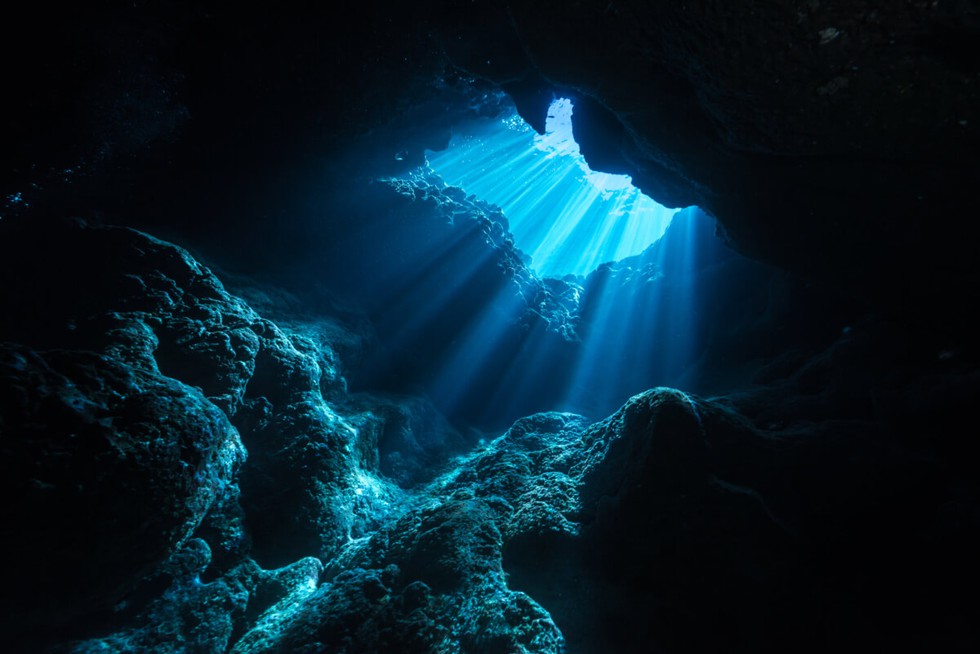About Dark Oxygen:
- Oxygen that is being produced in complete darkness thousands of feet below the ocean surface is termed dark oxygen.
- Why is the discovery important?
- Until now, it was thought that oxygen was created only through photosynthesis, a process that requires sunlight.
- Oceanic plankton, drifting plants, algae, and some bacteria are the primary elements attributed to the production of oxygen in the ocean. All these organisms are capable of photosynthesis.
- The production of oxygen at such depths is thought to be impossible because there isn't enough sunlight for plants to do photosynthesis.
- However, in this case, oxygen is not being produced by plants.
- The oxygen comes out of Polymetallic nodules that are similar in resemblance to lumps of coal.
- These nodules, made up of metals like manganese, iron, cobalt, nickel, copper, and lithium, can generate oxygen through electrochemical activity even in the absence of light.
- They are splitting H2O molecules into Hydrogen and Oxygen.
Key Facts about Polymetallic Nodules:
- Polymetallic nodules, also known as manganese nodules, are small, rounded accretions found on the seabed of the deep ocean floor.
- These nodules are composed of a mixture of metals and minerals, including manganese, iron, nickel, copper, cobalt, and traces of other valuable elements such as platinum, rare earth elements, and lithium.
- They form through a slow and gradual process over millions of years.
- They develop as concentric layers around a central nucleus, which can be a shell fragment, a shark tooth, or a piece of basaltic rock.
- The layers are primarily composed of manganese and iron oxides, with other metals being deposited along with them.
- These metals are really important for the production of lithium-ion batteries used in electric vehicle batteries, mobile phones, wind turbines, solar panels, etc.
- They are mainly found in the north-central Pacific Ocean, the southeastern Pacific Ocean and the northern Indian Ocean.
- It is said that there may be enough polymetallic nodules in an area of the Pacific Ocean called the Clarion-Clipperton Zone to meet global energy demands for decades after.
